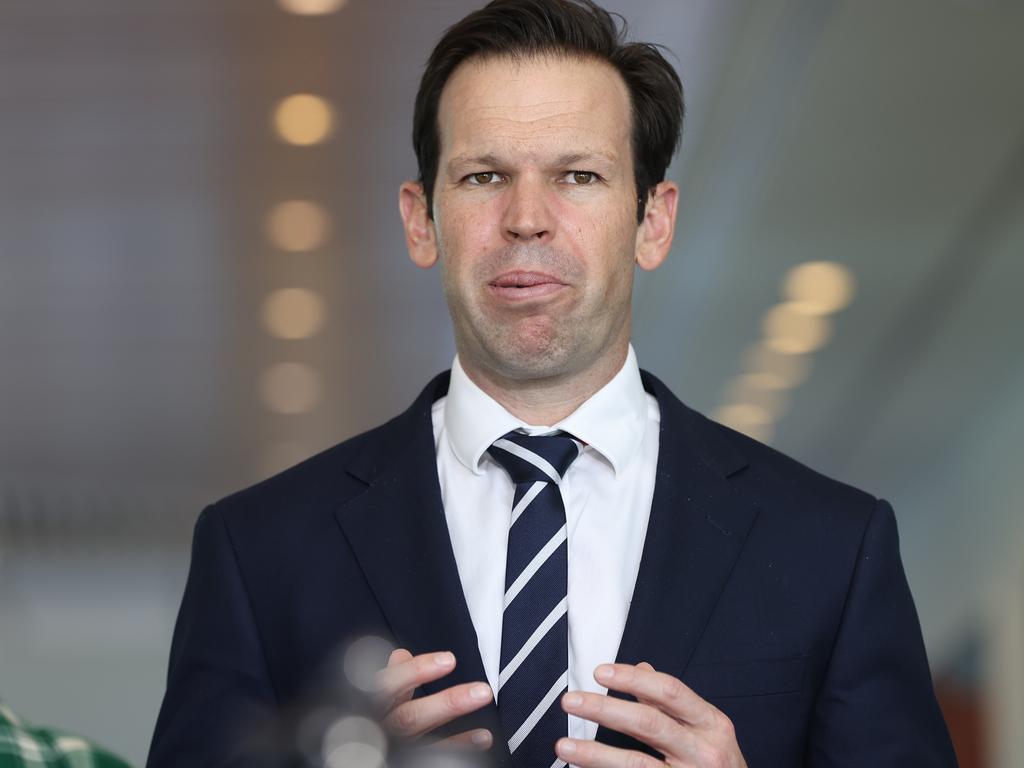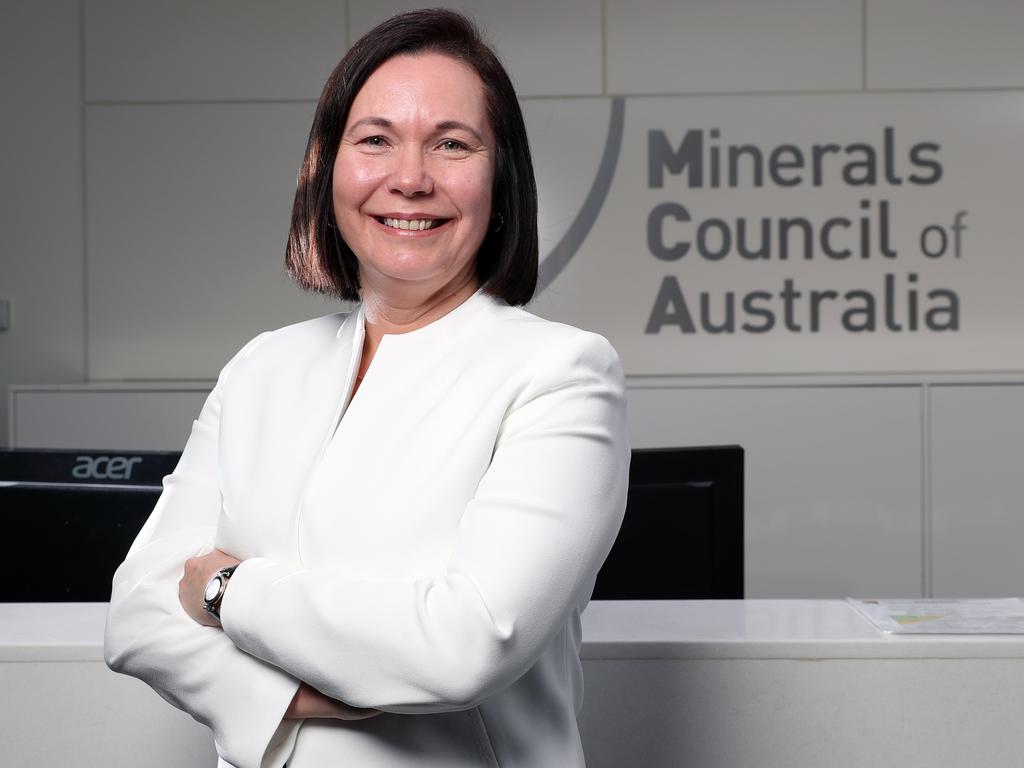Does Australia have a future with coal?
Coal is a massive export earner and a huge employer but bad for the atmosphere. Here’s why the coal question is trickier than you might think.
Coal is Australia’s second biggest export earner, and a huge employer in regional areas. Burning it is also about the very worst thing we can do for our atmosphere.
There is fairly broad consensus we’ll have to wean ourselves off the black stuff at some point, but when?
That’s the question.
SO … COAL FIRED POWER IS ON THE WAY OUT, YEAH?
Yes. But not immediately. While Tasmania, SA and the NT no longer have coal-fired power stations, coal still generated 54 per cent of Australia’s electricity in 2020.
Queensland’s youngest station Millmerran is not due to close until 2051, while other states will close their last stations in the 2040s: WA by 2040, NSW by 2042 and Victoria by 2048.
Some plants, like Yallourn Power Station in Victoria, will close earlier than expected.

When the IPCC released its most recent report, United Nations secretary-general Antonio Guterres said it “must sound a death knell for coal and fossil fuels, before they destroy our planet”, and urged OECD countries to phase out coal by 2030. Feeling the pressure, financial institutions have tightened lending for coal-fired power – some 130 banks have announced exit dates for any investment in this area.
But Energy Minister Angus Taylor has maintained a future need for coal despite – and partially because of – Australia’s increasing use of renewables.
“Reliable sources of energy, like coal and gas, will continue to be needed to keep the lights on and deliver 24/7 power for households and businesses as more and more renewables enter the system,” he says.
WHAT IS THE PROBLEM WITH COAL?
Burning coal for electricity creates more greenhouse gases than any other method.
Digging it up also creates substantial greenhouse gases in its own right, and these so-called “fugitive emissions” (across all sorts of mining) constitute 10 per cent of Australia’s total emissions.
Electricity production represents 33 per cent of all our emissions and stationary energy production represents another 20 per cent – both of which involve coal.

Proponents of Australian coal have long claimed it is cleaner than coals from other parts of the world, or at least creates more energy when burned. Critics say whatever difference this creates is negligible, given how polluting it is.
Coal can also have severe impacts on human health. Even the dreaded “black lung” – a disease many probably think exists only in history books – still occurs in Australia, with 133 cases identified among Queensland miners between 2015 and 2020.
The Australian Academy of Technological Sciences and Engineering estimates coal creates a $2.6 billion impost on our health system every year.
CAN WE MAKE COAL CLEANER?
Advanced coal plants using so-called supercritical (SC) and ultrasupercritical (USC) technologies produce lower emissions, although they are more expensive to build.
According to a 2018 study by the Clean Coal Centre, a new power plant using SC or USC technology will produce up to 40 cent lower CO2 emissions if it’s replacing an older plant without those technologies.
Nationals Senator Matt Canavan has called for the federal government to fund a coal-fired power station using USC technologies.

Carbon Capture and Storage projects – whereby greenhouse gases are trapped underground – have been hailed as a way to clean up coal, and while these proposals sound promising, critics say they will never live up to the hype.
In June, the federal government awarded up to $5 million to a company to demonstrate the viability of carbon capture and storage from the Milmerran coal-fired power station, near Toowoomba.
Minerals Council of Australia CEO Tania Constable says an underground facility near Milmerran has the potential to store extremely large volumes of carbon dioxide “over the next 100 years”, including from other heavy industries nearby.
The principles behind carbon capture have been used in the resources industry for some 50 years, she says, as carbon dioxide is injected into underground reservoirs to draw out oil and gas.
Carbon capture projects are “already living up to the hype at a global level,” Ms Constable says. “It is absolutely critical that carbon capture and storage is used alongside all other technologies to reduce emissions and get that global goal of net zero emissions by 2050. It’s an imperative. We must make it work.”
CAN COAL WORK WITH RENEWABLES?
When Scott Morrison brandished a lump of coal in parliament back in 2017 (he was Treasurer at the time), he said coal was an “important part” of Australia’s “sustainable and more certain energy future”.
Coal can be used to make hydrogen (known as “black” or “brown” hydrogen) via a process called gasification, and this is already happening through a pilot AGL project in Victoria’s Latrobe Valley.
It is hoped the project, shipping liquid hydrogen to Japan, could open up a lucrative new export market.
It is also hoped a site in Bass Strait could be used to store the project’s carbon emissions.

Opinions are divided. Some argue we should stop using fossil fuels for any reason, even for hydrogen production; others say all methods to create hydrogen should be explored, and using coal as an interim measure could boost the nascent industry.
In June, the government released a discussion paper on whether “source of origin” labelling for hydrogen should be introduced, so consumers know if they are buying brown, blue or green hydrogen.
Perhaps unsurprisingly, the Minerals Council says it is not supportive of source of origin labelling.
SO WHAT’S THE FUTURE FOR AUSTRALIAN COAL?
According to the International Energy Agency, Australia currently supplies 31 per cent of the world’s coal, second only to Indonesia, which supplies 34 per cent.
In May, the IEA made the dramatic declaration that investment in all new fossil fuel supply projects should stop immediately because of global warming.
But the latest commodities outlook from the MCA paints an entirely different picture for Australian coal.
While our exports to China have declined sharply (down 34.8 per cent), the MCA estimates our thermal coal exports will stay strong for some time to come, predicting 23 per cent growth in value by 2030. We also have nearly 14 per cent of known global coal reserves, while Indonesia has 4 per cent.
But given the increasing urgency of the net zero push, could the bottom fall out of this market tomorrow?
Tania Constable thinks not.
“We’re always trying to stay ahead of what might be happening, so we’re tapped into those major markets,” she says.
“The demand particularly in Europe has dropped right off … as we’ve seen a strong structural change away from coal into other energy sources. But we’re seeing major growth in Asia. (They have) a strong need for baseload electricity and of course some of that is going to be taken up by gas and uranium, but there is still a need for thermal coal there.”
Originally published as Does Australia have a future with coal?



